How to Create an Appeal Hearing Letter Template
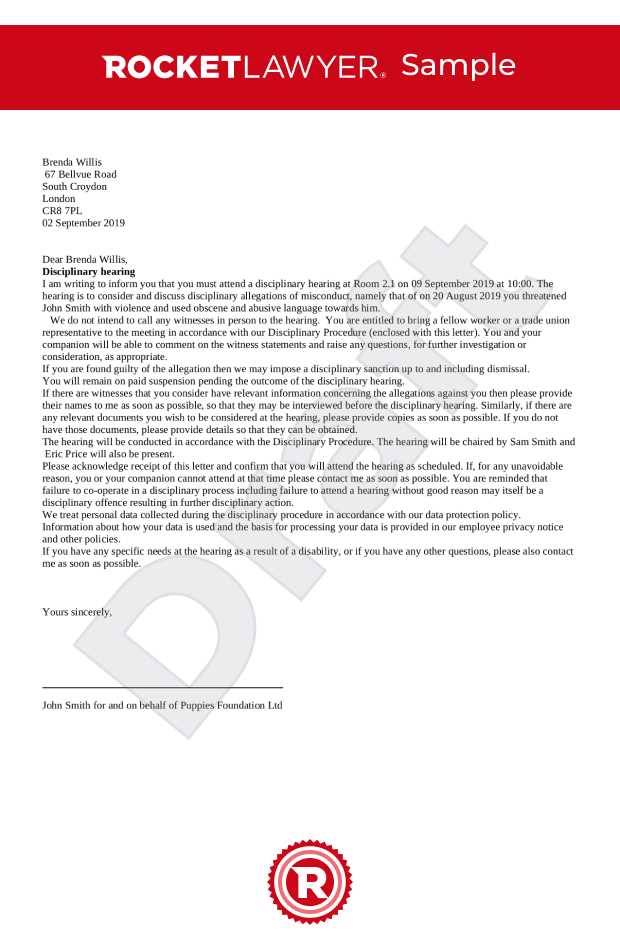
When you need to present your case formally, crafting a well-structured document can make a significant difference in the outcome. Whether you’re requesting reconsideration or seeking clarity, it’s essential to communicate your points clearly and professionally. This kind of document plays a crucial role in ensuring your concerns are heard and considered by the appropriate authority.
Key Components of a Formal Request
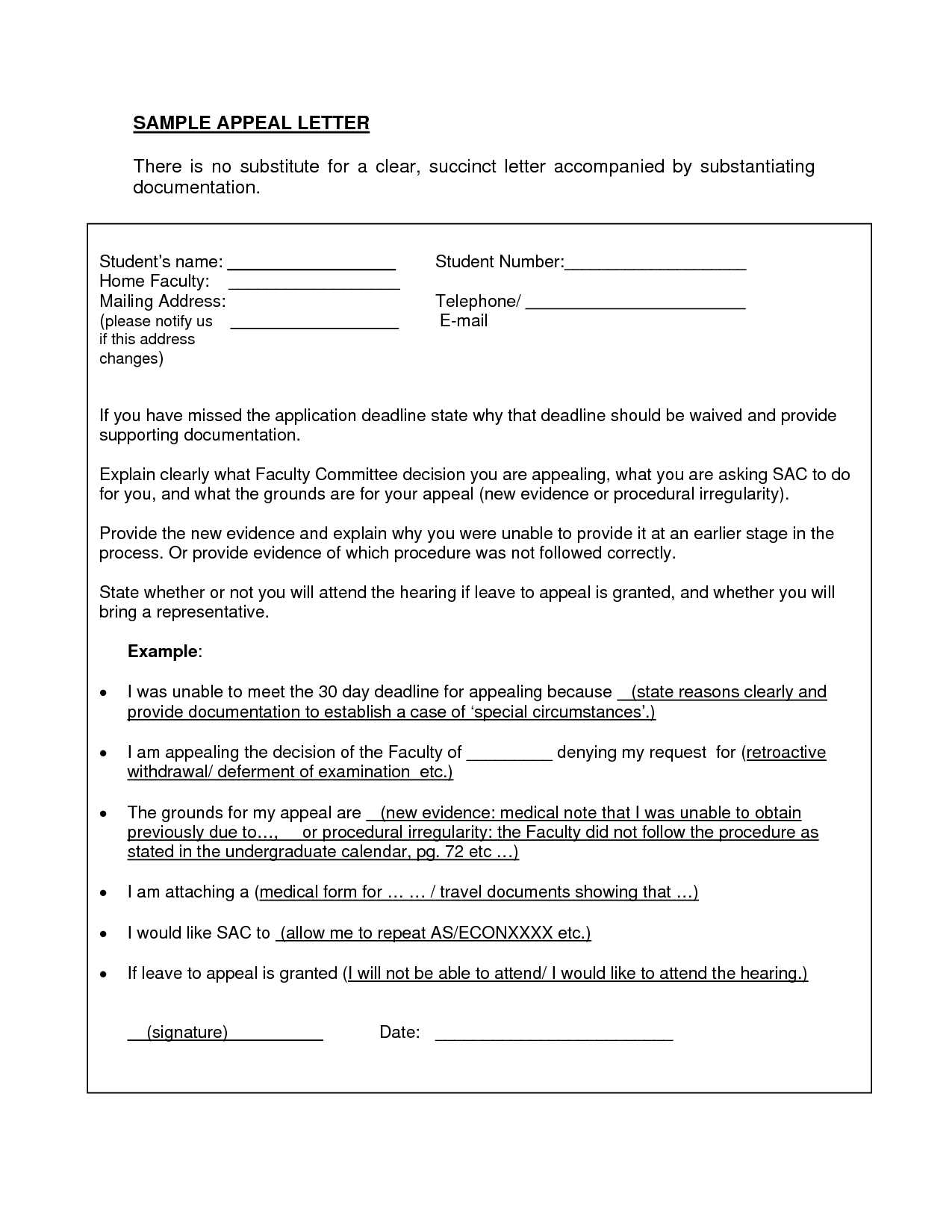
A professional submission should always include specific elements to ensure your message is conveyed effectively. The following points are crucial when drafting your request:
- Introduction: Begin by clearly stating your intent and the reason for your formal communication.
- Background Information: Provide necessary context to support your case, including relevant dates and facts.
- Request or Action: Clearly articulate what you are asking for, specifying any actions or decisions you are requesting.
- Conclusion: End with a polite closing that encourages further action or a response.
Formatting for Professionalism
It’s essential to format your document in a way that is easy to read and follow. Proper structure shows respect for the reader’s time and ensures your submission is taken seriously. Keep these formatting tips in mind:
- Keep it concise: Ensure your document is to the point and free from unnecessary details.
- Use formal language: Avoid slang and informal language to maintain a professional tone.
- Follow a logical flow: Arrange your points in a clear, step-by-step manner for easy understanding.
Common Mistakes to Avoid
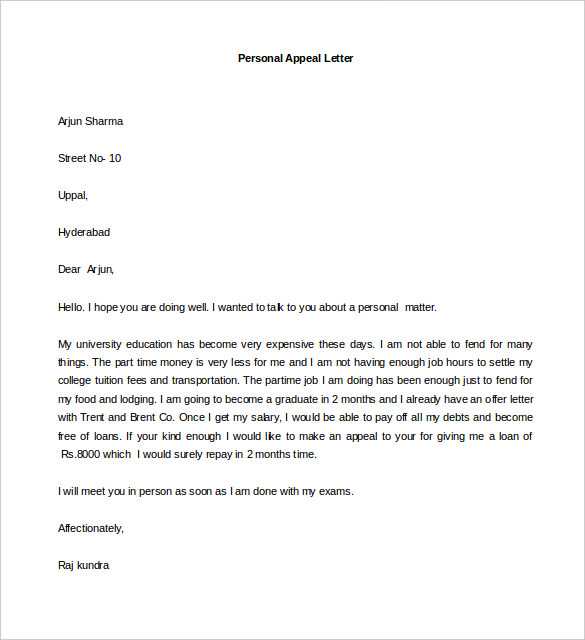
Even the most straightforward requests can be misunderstood if not presented properly. Here are some common pitfalls to avoid:
- Failure to address the recipient correctly or use appropriate titles.
- Being vague about the request or action you expect to be taken.
- Using overly complex language that can confuse or alienate the reader.
Crafting a Persuasive Request
Making your case compelling requires more than just presenting facts. Here are some strategies for making your communication persuasive:
- Present clear evidence: Support your request with verifiable information or examples.
- Stay calm and respectful: Even if you’re dissatisfied with the situation, maintaining a respectful tone is key.
- Offer potential solutions: Show that you are not just pointing out problems but are also interested in resolving them.
Effective Communication for Legal Requests
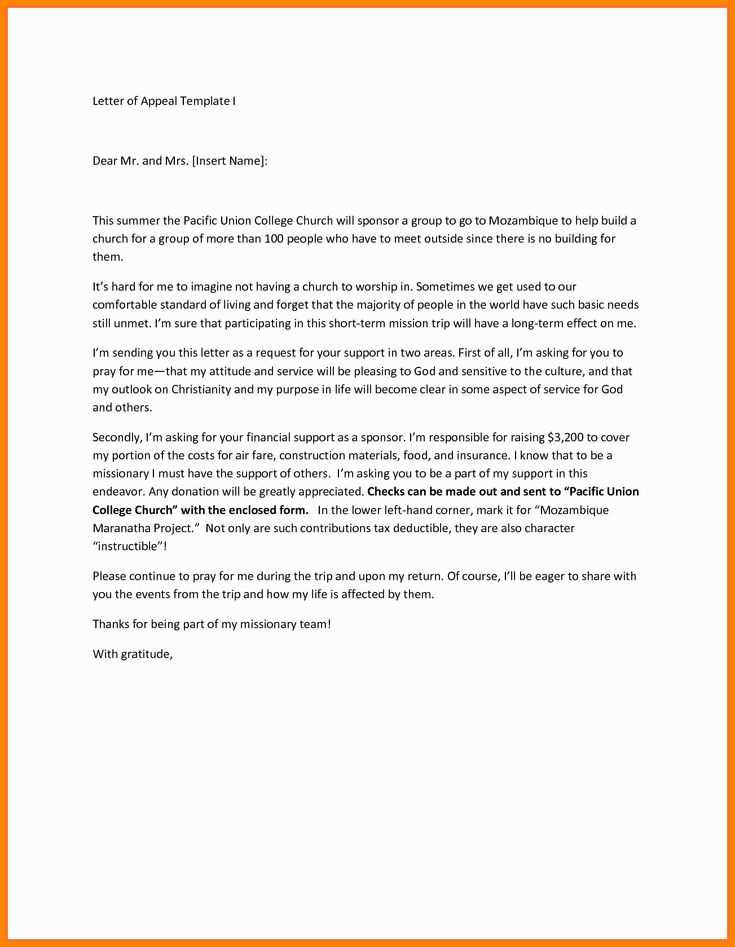
In any formal process where a decision is being revisited or reconsidered, it’s crucial to present your case clearly and professionally. The document you submit serves as a key piece of communication, ensuring that your voice is heard and that the information is conveyed properly. Crafting a well-structured document is an essential step in making sure your request is taken seriously and evaluated fairly.
When writing such a document, it’s important to include all the relevant details that support your position. Key components include stating your purpose, providing context, and specifying what action or outcome you are hoping for. Each part of your submission should be deliberate and well-organized, ensuring clarity and precision.
Below is a guide for creating a well-rounded and persuasive submission, covering the main points to include, common mistakes to avoid, and tips for formatting and presenting your case effectively.
What to Include in Your Formal Submission
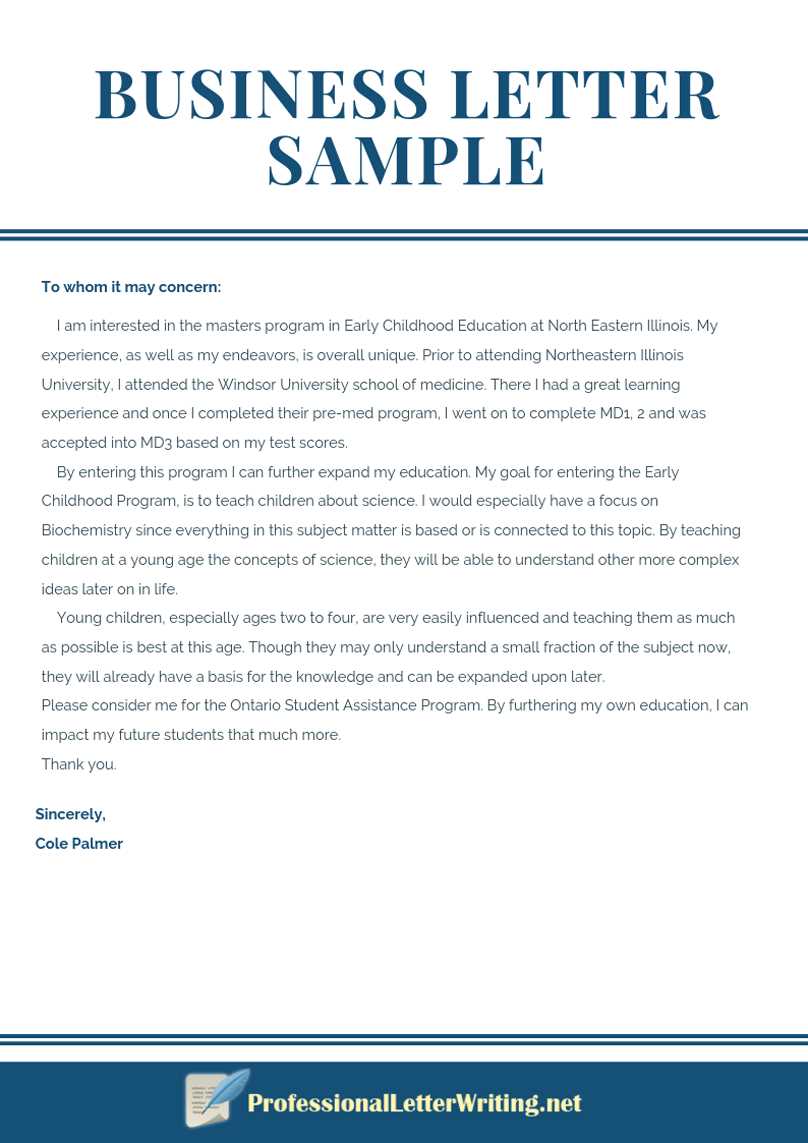
Your communication should cover several critical points to ensure the recipient fully understands your request. These include:
- Clear Purpose: State why you are writing and what you hope to achieve.
- Background Information: Include relevant facts, dates, or events to provide context for your request.
- Specific Request: Articulate the exact action you want to be taken, leaving no ambiguity.
- Respectful Conclusion: End with a courteous closing and an invitation for further discussion or response.
Step-by-Step Guide for Crafting Your Document
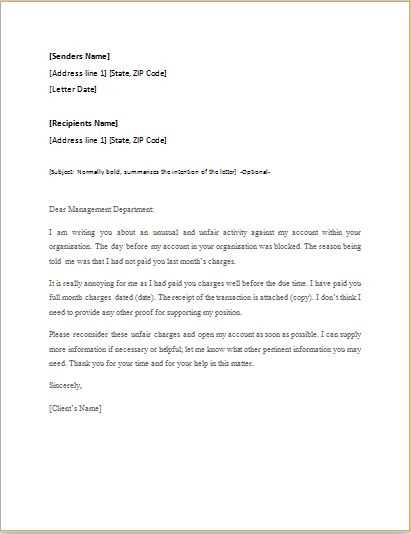
Follow these steps to create a clear and effective request:
- Start with a Strong Introduction: Begin by stating the purpose of your document clearly.
- Provide the Necessary Context: Describe the situation that led to this communication and any relevant background information.
- Make Your Request Clear: Specify what you are asking for, ensuring that the recipient knows exactly what you want.
- End with Politeness: Conclude in a respectful and professional manner, leaving the door open for future communication.
Common Mistakes to Avoid
While drafting your submission, be aware of common errors that can undermine your case:
- Being vague or unclear about the action you want taken.
- Including irrelevant information that distracts from your main point.
- Using informal or overly complex language that could confuse the reader.
How to Properly Format Your Submission
Proper formatting is essential for readability and professionalism. Keep the following tips in mind:
- Use Clear Paragraphs: Break your content into manageable sections for easier reading.
- Be Concise: Avoid unnecessary filler and focus on the essential points.
- Use Proper Salutations: Address the recipient with the appropriate level of formality and respect.
Tips for Writing a Persuasive Document
To make your case even more compelling, consider the following:
- Present Evidence: Support your request with clear examples or documentation where possible.
- Maintain a Calm Tone: Even if you are dissatisfied with a situation, keeping a professional tone can make a significant difference in how your message is received.
- Propose Solutions: Offering potential solutions can show that you are interested in a resolution, not just in presenting a problem.